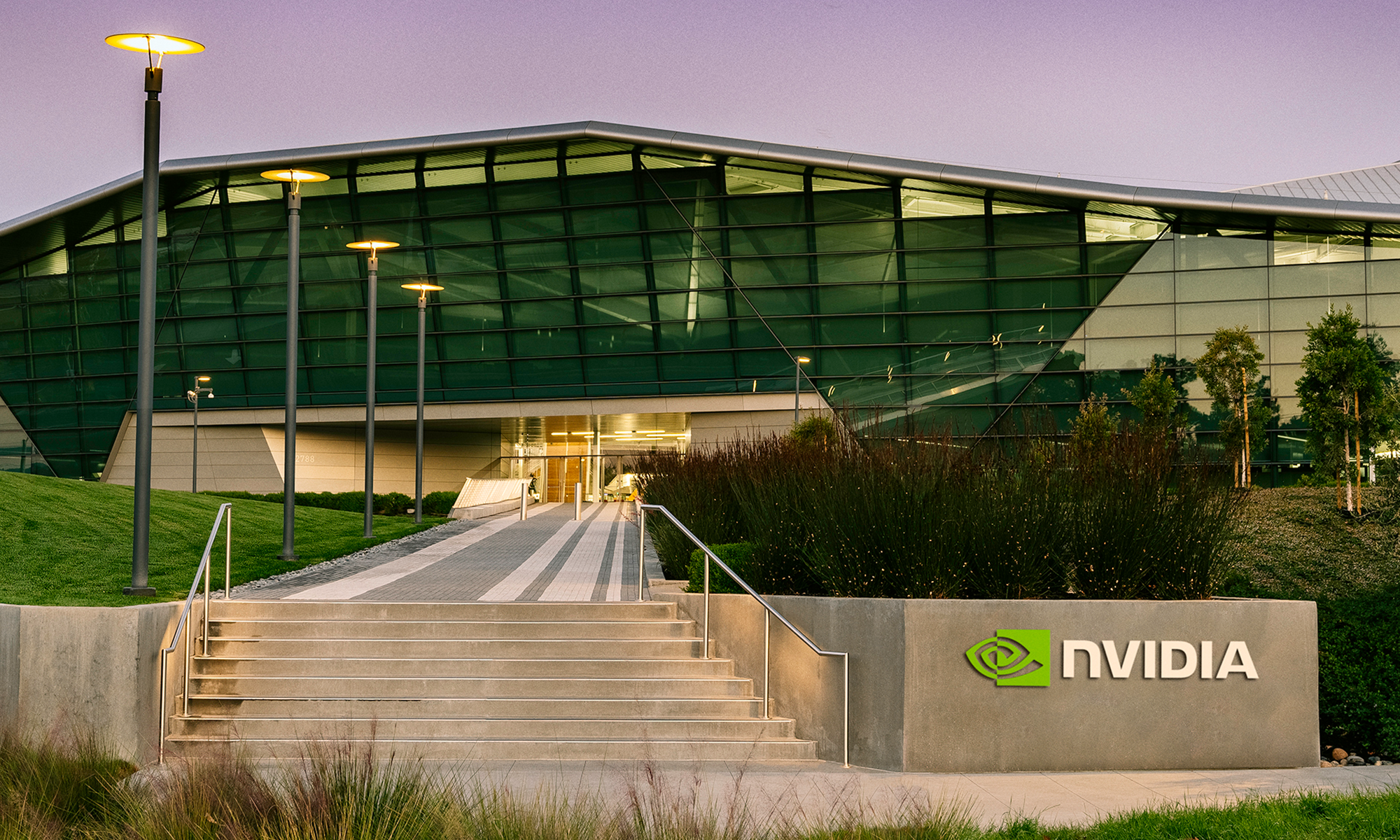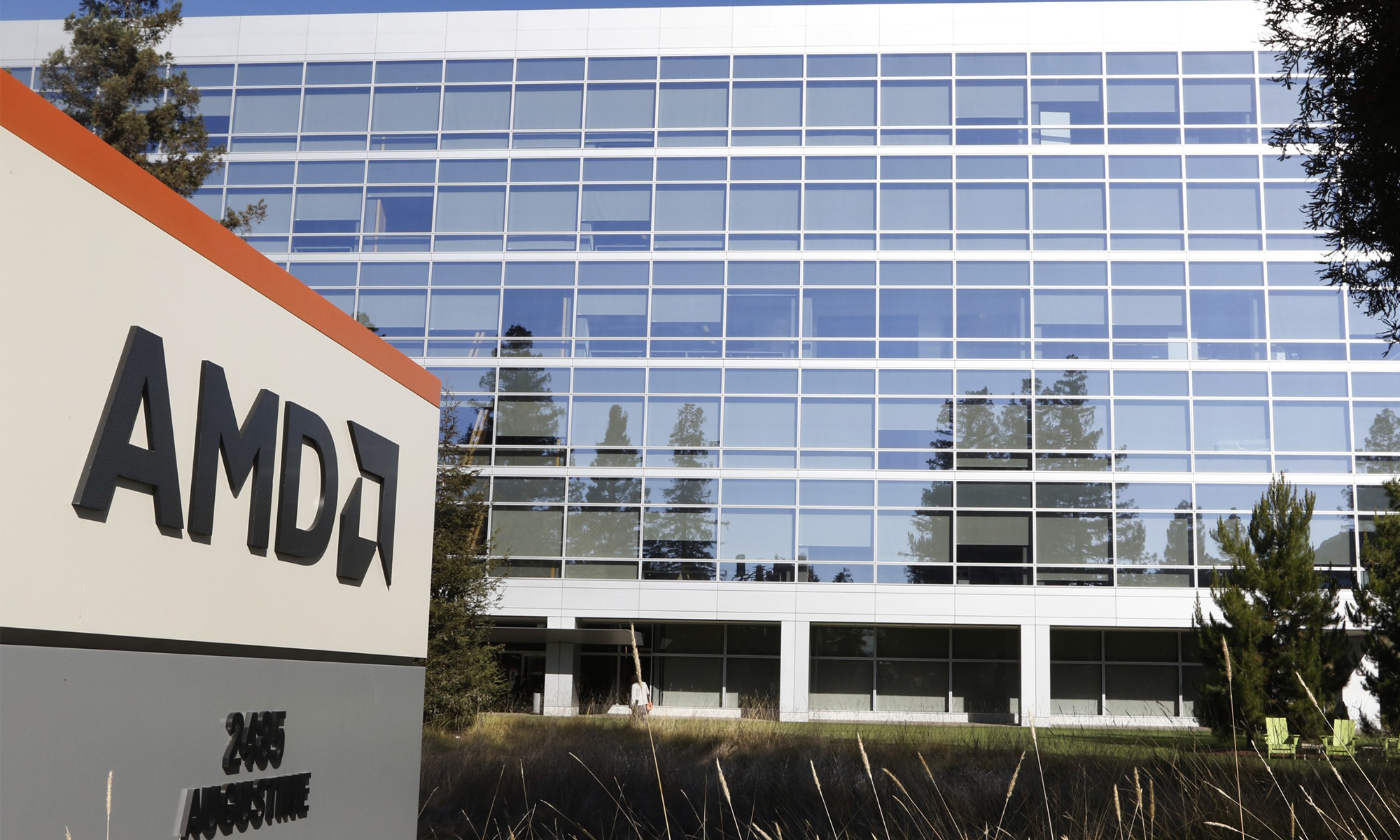What happened
Shares of NVIDIA (NVDA 0.67%) plunged 22.5% last month, according to data provided by S&P Global Market Intelligence, following a disappointing third-quarter earnings report.
So what
NVIDIA said it generated revenue of $3.181 billion, which came in below analysts' expectations that the graphics chip maker would report $3.24 billion on the top line. Management blamed the revenue miss on lower demand from cryptocurrency miners, who have been gobbling up high-end GPUs over the last year.

IMAGE SOURCE: NVIDIA.
Management anticipated the lower demand from crypto miners given the softening of prices for cryptocurrencies in recent months. However, the elevated prices for some of these gaming cards have not come down to normal levels, making some cards too pricey for gamers to afford. As a result, there was an oversupply of gaming cards on the market during the quarter.
While high-end gaming cards have already sold through, management has temporarily suspended shipments of mid-range cards to allow inventory levels to come down. As a result, NVIDIA offered fourth-quarter revenue guidance that was below what analysts expected, and that sent the shares downhill for the month.
Now what
This is a short-term issue that doesn't break NVIDIA's long-term growth story. Management expects the inventory levels to normalize in one or two quarters. Once that is done, the company should resume growth in its gaming segment -- its largest, making up 57% of total revenue over the last year.
At least a few Wall Street analysts have maintained their bullish stance on the stock, citing favorable long-term trends continuing to benefit the company across gaming, data center, and self-driving cars. However, with the crypto hangover expected to stick around for a few more quarters, analysts don't expect a lot of growth in the near term.
The consensus analyst estimates call for revenue to grow 6% next year and for earnings to slightly decline to $7.21 per share. Even with that lower outlook, the stock trades for a forward PE of 20 times next year's earnings estimates, reflecting expectations for earnings growth of about 15% per year over the next five years.






